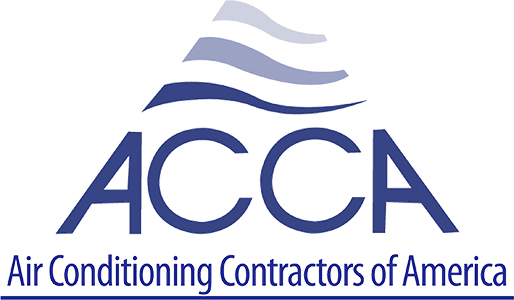A few years back I was called to repair a heating system. In order to get to the utility room, the homeowner took me down the basement stairs, where we passed a water heater along the way. It was fortunate that I’m also a licensed plumber because I immediately recognized a safety issue and froze in my tracks. The Temperature and Pressure Relief Valve (T&P Valve) was capped off. She asked me what was wrong, and I pointed out the cap in the T&P Valve. She promptly let me know her handyman fixed it because it was leaking occasionally. I explained the dangers, and that I was obligated to offer the right repair or shut down the water heater. Of course, she wanted the water heater working safely, and the right repair was made. It wasn’t the first time that I’ve run across a dangerous repair or installation. Although this was an obvious safety hazard to me, it made me realize how little homeowners know about this common safety valve that is in every home with a water heater.
Temperature and Pressure Relief Valves, also known as T&P Valves, are standard safety devices on water heaters.
They do just what the name implies, allow relief of excess temperature and pressure. Without this device, and under the right conditions, a water heater could literally explode. This was illustrated best on an episode of the popular TV show, Myth Busters (Google “Myth Busters Water Heater Explosion” for a video of a water heater exploding). The explosions can be quite devastating. Water turning into steam expands 1,600 times its size! If a T&P Valve is installed, it will open and allow excess pressure to escape to the outside of the water heater, usually to a pipe to the ground or to the outside of the building. Most valves are designed to open at 150 psi. The T&P valve will also open when the water temperature exceeds 210-degrees F. Once a T&P Valve is tripped due to high pressure or high temperature the valve should always be replaced.
T&P Valves can also make it appear as if the water heater is leaking. Sometimes when water shows up at the base of a water heater it might not be a bad water heater, but your relief valve opening and draining water to the floor near where the tank sits. T&P Valves that have drains to the outside of a building can go unnoticed when they trip. This scenario can increase your water bill and cause your water heater to run more often because of the cold water being introduced to the tank.
Relief valves come in different sizes and specifications depending on the type of vessel they’re going to be used on, and its capacity. It’s a safety device that should be properly sized for your water heater. When a valve does its job and releases water from the tank, there is always a reason for it. The reason is seldom a failed or defective T&P Valve. When a valve is leaking, the best option is to have a professional diagnose what caused the T&P Valve to open. As part of the diagnosis they will be looking at the water heater controls, the water pressure of the home, and the expansion tank on your water heater. Often, if the T&P Valve is replaced without the real cause being addressed, the new valve won’t leak, and it will appear to be fixed. However, just replacing the valve doesn’t usually fix the cause of the problem. So why then won’t the new valve leak when the old one is replaced? Because the conditions that caused the T&P to fail are not occurring at that moment the old valve is replaced. There could be a number of reasons; the time of day, the water currently being used, the one time a day a heavy demand is put on the water heater. A good technician will never replace this safety valve without also looking for the cause of failure.
Just having a T&P Valve on your water heater isn’t enough.
Since T&P Valves open when there is excessive pressure and/or temperature, there should always be a drain on your T&P Valve. A T&P Valve without a proper drain that at least discharges to the floor, is dangerous. These valves are usually installed in the top of the tank and if the valve were to open while someone is standing there it could cause serious injury. A drain to the floor is better than no drain at all. Preferably the drain should run to the outside of the building to avoid damage to property when it opens. Drains should never be back graded where water could get trapped in the piping or rest against the valve. Once the valve shuts off after a discharge, the drain should be designed to naturally drain the water away from the valve.
Now you know a little bit about a safety feature that’s required on every water heater. Hopefully, this information will help you understand what to look for if your water heater is having issues.
Bruce Davis Jr.
General Manager
Day & Nite Plumbing & Heating, Inc.
Bruce is a second-generation plumber and HVAC technician. He earned his Commercial Plumbing License and later became N.A.T.E. Certified and E.P.A. Refrigerant Certified for HVAC service and repair for commercial and residential HVAC appliances. Bruce has years of experience as an HVAC Technician, Boiler Technician, and Plumber. He is now General Manager for the company he has been with his entire career and oversees the Plumbing, Heating, and Air Conditioning business for Day & Nite Plumbing & Heating, Inc.











